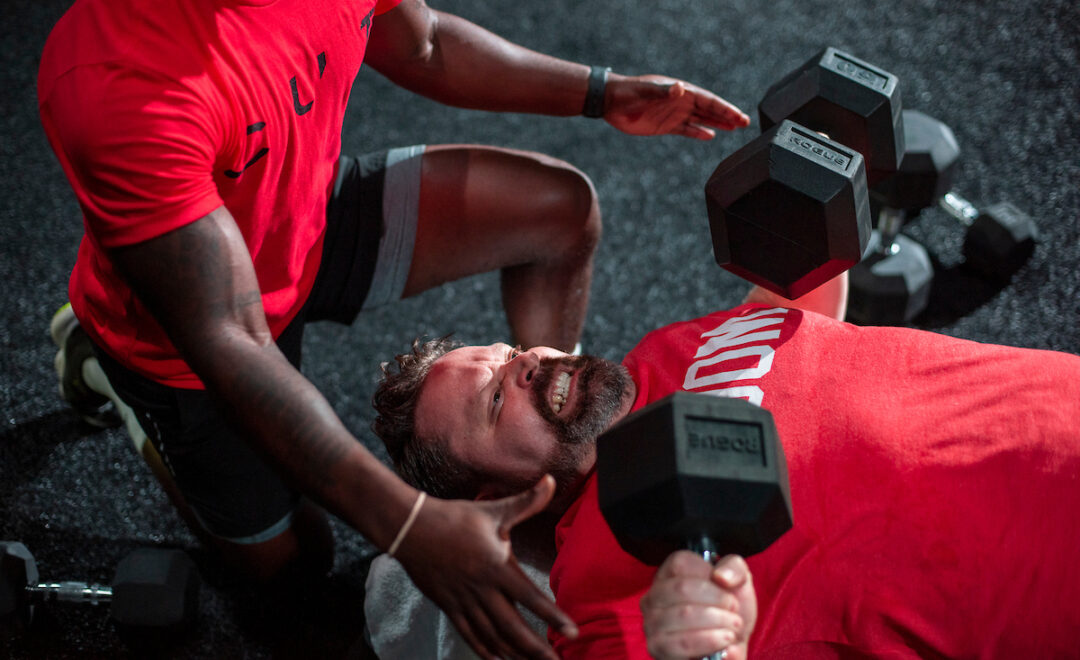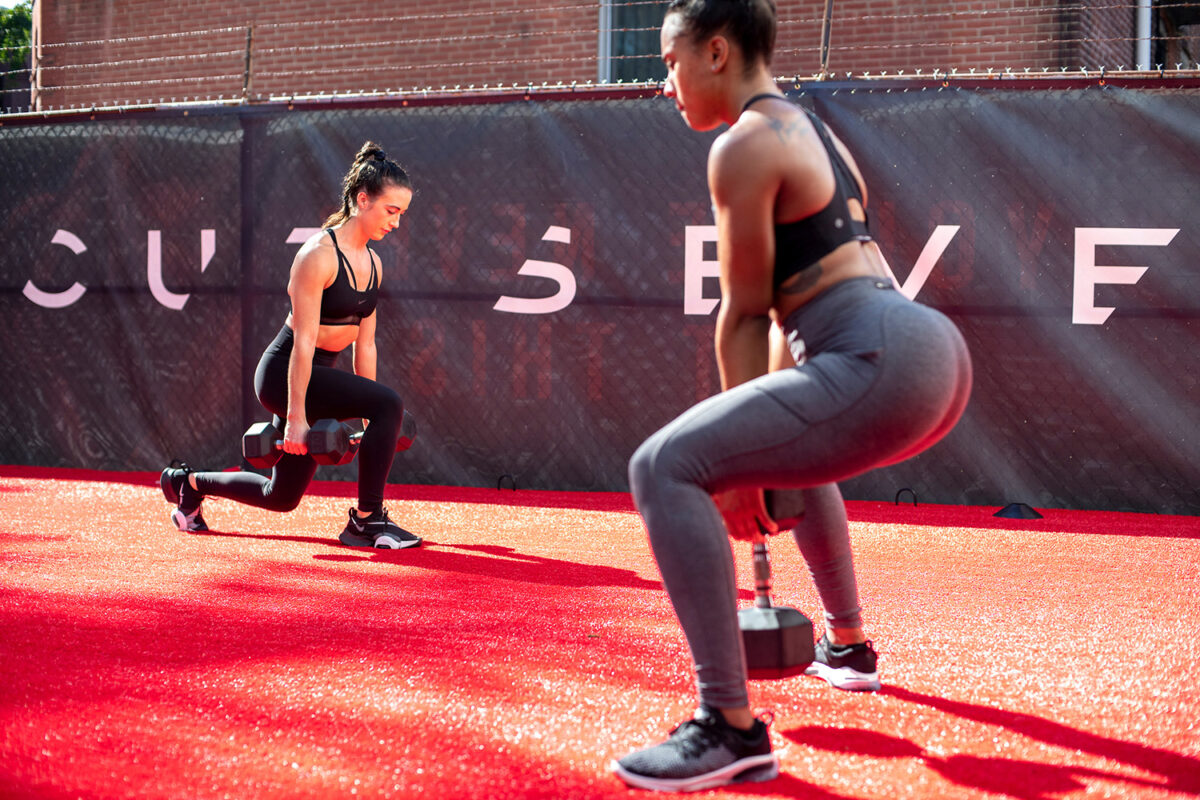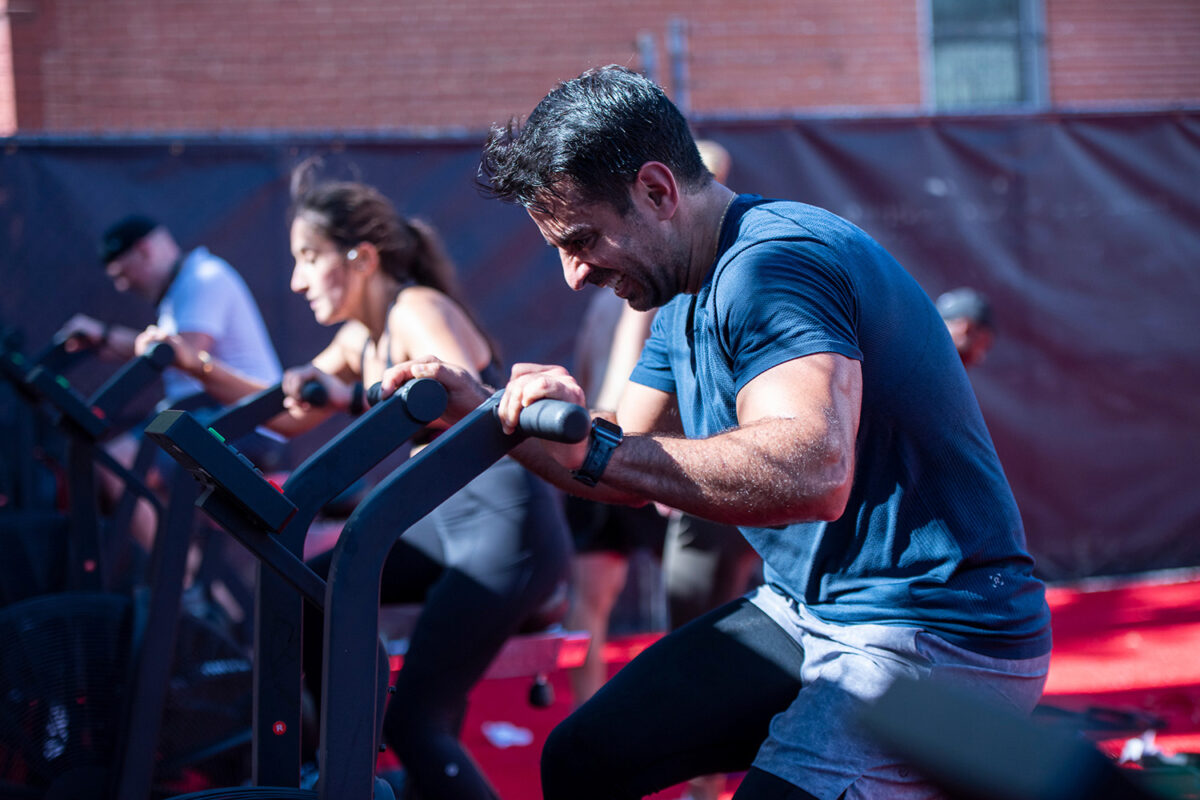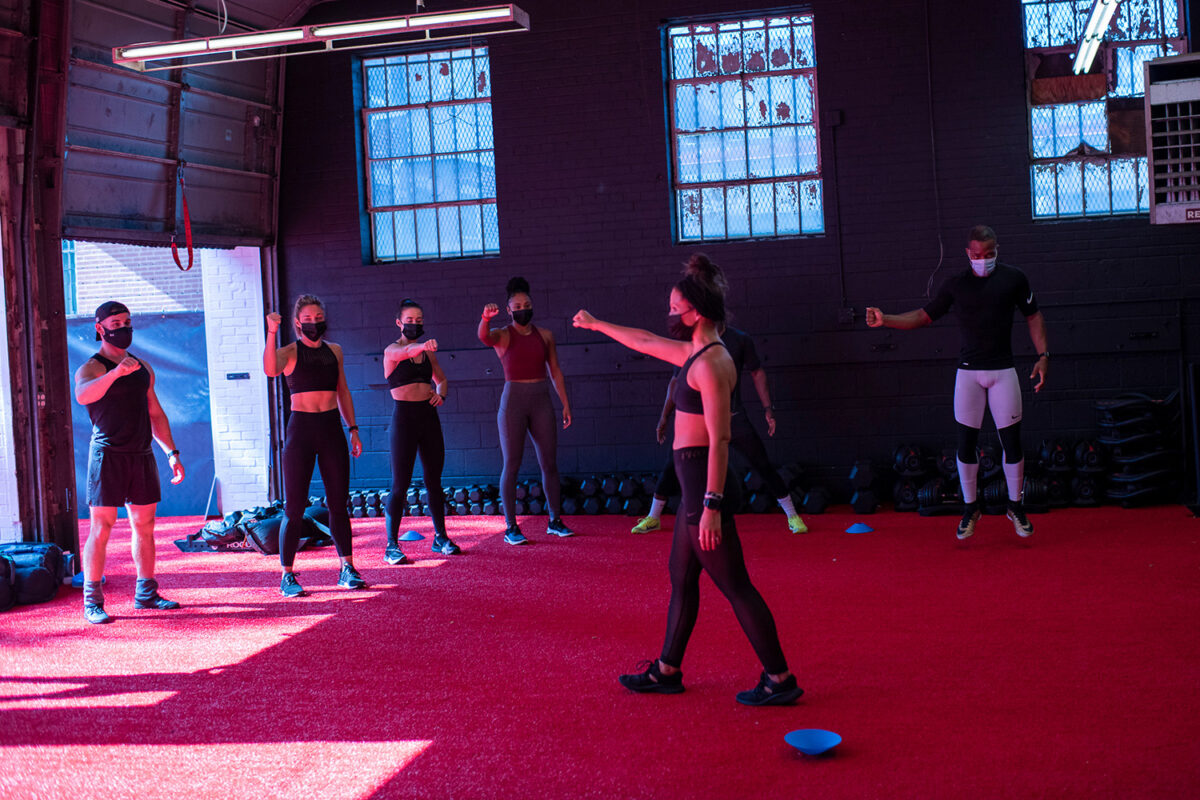What’s Wrong With Cut Seven? Every Workout Limitation, and What We Can Do To Fix it.

If you want to be great, you must never become complacent. And never becoming complacent means acknowledging your weaknesses.
At Cut Seven, we believe every regular, weekend warrior can train in the same manner as a competitive athlete. Through innovative movements, expert programming, and a team-based environment; we push you to continuously better yourself—both on and off the turf.
And as our team manifesto goes, when we push you, you push us—we all get better.
This post serves two purposes. One, it provides insight to the Strength in Movement series program. Two, it acknowledges every opportunity for improvement within a Cut workout. (And yes, there is always room to improve. We may be a bunch of confident motherfuckers, but as we said—>we’re not fans of complacency.)
Strength in Movement teaches you to move better and get strong the right way. Period. It’s not a weight loss program or a fitness competition. Instead, the strength series teaches you to approach a workout with the same level of self- and body awareness as a Cut Seven coach. This means intuitively knowing the answers to every question you ever asked about your own body, including mobility limitations, how to modify a movement, and where you should feel every.single.exercise.
But here’s the thing: Strength in Movement is only open to six guinea pigs athletes. To our other 294 teammates: Our pledge is to take common questions and movement dysfunctions within the series, and make the answers and solutions accessible to the wider team. To do this, you can expect to see an increase in education offered through blog posts, Instagram, and Why, Seven? videos over the next several weeks.
And in case you haven’t pieced this together already, it starts with this blog post.
5 Limitations of a Cut Seven Class, and How You—As an Athlete—Can Change That

In an ideal world, every Cut Seven coach would have enough time and bandwidth to correct every form mistake, watch every rep for every athlete, and speak to the 27 different cues that go into a given moment.
But this isn’t an ideal world. A Cut Seven class has a strict, one-hour time limit and the coach must have eyes on 12-20 different athletes at any given time. These limitations create barriers that we, as a team, must live with. But by building awareness around these barriers, you—the athlete—can see immediate improvement in the effectiveness of your workout.
1. We’re Capped at a One-Hour Workout
Behind the scenes, each Cut Seven coach strives to incorporate innovative movements into the Cut programming. We pride ourselves on conjuring up creative movements to continuously challenge the body and take your workout to the next level.
Every time we create a new exercise, it takes considerable time to demo that exercise. This creates a time strain on an already-tight window.
If you want a 50 to 60-minute workout, coaches get exactly ten minutes to cram in demos, a quick Q-and-A, and a cool-down. With three different stations and 2-3 movements within each station, this gives the coach roughly 90 fucking seconds to explain each exercise.
Within the Strength in Movement series, these time constraints will all but vanish, offering ample opportunity to ask questions and provide guidance on new moves. Within a typical Cut Seven class, we encourage you to approach new movements with the following mental cues:
- Know what day it is: If it’s Ass Day and you don’t feel the exercise in your glutes, ask the coach why not.
- Ask questions during demos: Pay attention to demos and ask questions if you don’t understand something. Where should I feel this? Am I going fast or slow? Can you repeat the first exercise? Don’t be shy!
- Slow down: Don’t rush through a new movement. Take the time to learn it correctly. Your partner is fine.
2. We Don’t Track Your Weights for Each Exercise
If you want a workout where you can check your phone or constantly fidget with your Apple Watch, you won’t enjoy your time on the turf. We created a space where the music and cheers are loud and your attention is on your teammates—not your iPhone.
But since you aren’t allowed to bring anything to the turf beyond a towel or water bottle, there’s no place to record which weights you use. This creates a pattern of grabbing the same pair of dumbbells week to week, even though science (and logic) shows you should be stronger.
Within the strength series, your weights (and therefore, your progress) will be recorded and tested for your Power 7 lifts. By the end of the program, you’ll be able to visibly see a linear path toward improvement. To the rest of our Cut athletes, we invite you to do the following:
- Write down weights after class: Keep a journal or use the notes section in your phone to write down which weights you used. If you deadlift the same pair of dumbbells eight weeks in a row, we have a problem.
- Only track your major lifts: You don’t need to track your progress for hundreds of different Cut exercises. Track the mainstays: deadlift, squat, chest press, dumbbell row, KB swing, pull-up, and bike watts. These are the foundations, get stronger in these and you will get stronger in everything.
3. Hands-On Adjustments (COVID Specific)
If you want an effective workout, you need to learn to perform exercises correctly. Therefore, we put each Cut Seven coach through a rigorous training program, teaching them how to provide form corrections for athletes.
One of our commitments to safety during the COVID-19 pandemic minimizes hands-on form corrections. Our coaches do their very best to provide verbal and body cues, but we understand these instructions don’t always resonate with every athlete.
Strength in Movement begins with a complete assessment of every athlete, addressing what your body should be capable of, and what you can actually do. From there, each athlete learns how to assess their own faulty movement patterns (and how to correct them), and how to modify a given exercise. As for the rest of you, here is how to get the most from your workout without hands-on adjustments:
- If you don’t understand a verbal cue, say so: Fitness jargon exists. If a coach screams, “Abs on!” or “Keep your head neutral,” and you don’t know what that means, raise your hand.
- Learn before you load: You should be able to do a bodyweight-only movement perfectly before you pick up a weight. There is zero shame in this.
- Don’t be afraid to modify: Modifications allow us to have full-range of movement within a difficult exercise. Get stronger on your terms, not the person next to you.
4. We Sometimes Lose Sight of What “Team-Based Training” Really Means

You will always push harder when there’s a team full of people working beside you. Which is exactly why you complete every Cut workout within a team-based environment.
Sometimes—not always, but sometimes—we forget the real definition of a teammate. Being a teammate doesn’t mean sacrificing your own form so another athlete spends less time on the lane. Being a teammate doesn’t mean rushing through each exercise so you finish first. And being a teammate doesn’t mean speeding through the warm-up which—by definition—is simply meant to warm your body up.
Being a teammate is learning to do things right. It’s having confidence in your fellow athletes, knowing that they.are.fine when you’re the pacer in a given station. In the strength series, form wins over all else—it takes precedent over speed, perceived strength, or rounds completed. And to be quite honest, this should be absolutely no different than a Cut class:
- Being fast is not always best: The best athletes are the ones who do each exercise correctly.
- Don’t rush for a teammate: They. Are. Fine. Take the time to be intentional with every movement.
5. We’re a Strong Team With Even Stronger Egos
We love every teammate at this gym—from the athlete just starting who might not even consider themselves an athlete (yet) to the type-A, secretly competitive maniac athletes. We love to see it because it’s these same driven attitudes that make us better.
But to be personally high-performing, you need to leave your ego off the turf.
Learning to move better is a frustrating process because it may require grabbing a lighter pair of dumbbells, performing a modification, or completing the exercise at a slower speed. However, if you can leave your ego at home and work through this initial period, you will be amazed by the growth you see afterward.
Strength in Movement is about self-exploration—it’s learning to understand faulty movement patterns, body dysfunctions, and personal progress. Frankly, it’s about all the things we don’t always have time to teach within a regular Cut Seven class.
So we’re asking for your help.
Take it upon yourself to build self-awareness, noticing where these problem areas lie. Take it upon yourself to slow down your own workout, thinking through every exercise. And most importantly, take it upon yourself to encourage your teammates to do the same, cheering for the athlete performing an exercise perfectly (not just those who finish first). When we trade in our egos for intention, we all become better athletes.
You Push Us. We push You. We all Get Better.

The Strength in Movement series is meant to instigate a major shift in the way athletes approach a Cut class. We hope the six athletes who enter the program cause a ripple effect throughout the entire team, sending a message that, “Hey, there’s a better way to do this.”
We believe every athlete can benefit from the strength series—whether you’re one of the six guinea pigs or not. We are committed to providing educational resources outside class, while you can count on each Cut coach to provide the best experience possible on the turf. Meanwhile, we’re asking each of you to do your part.
Change starts small: Listen to the demos, ask questions, pay attention to where you feel each exercise, and slow the fuck down. Set an example on the turf—not just for yourself, but for the teammate standing next to you.
That’s how we all get better.